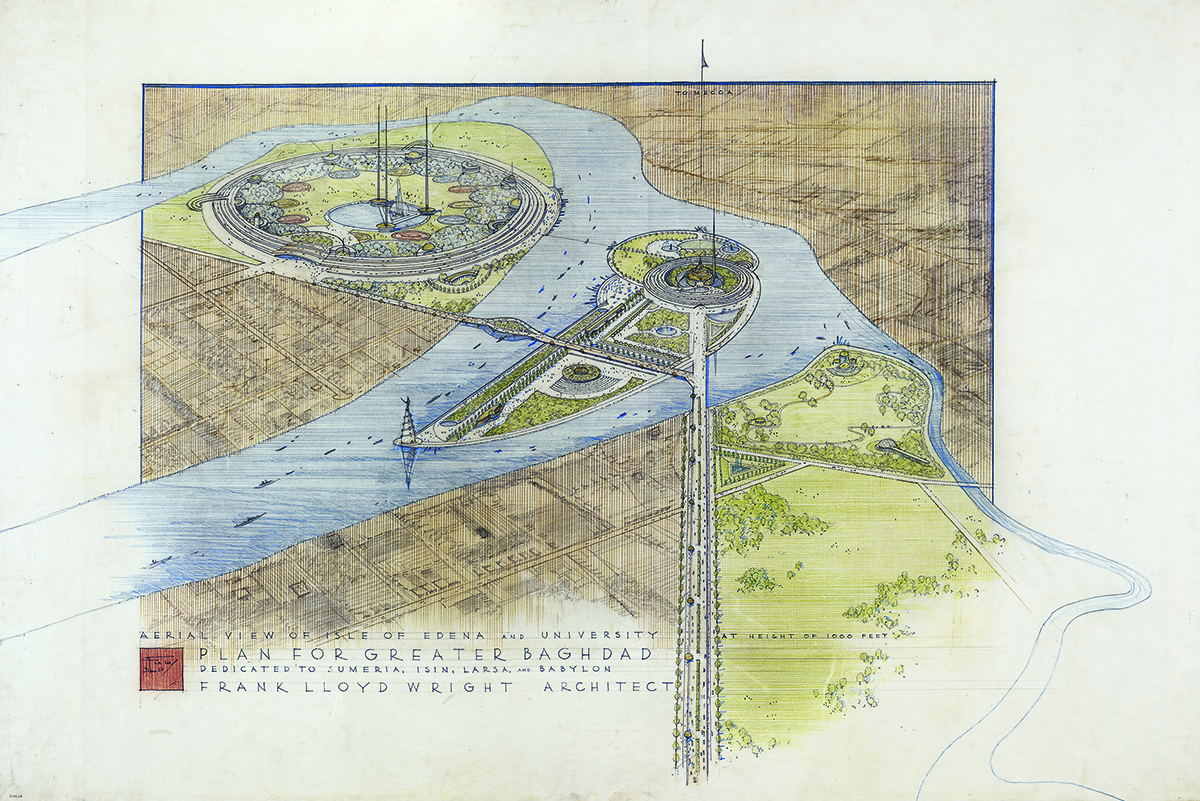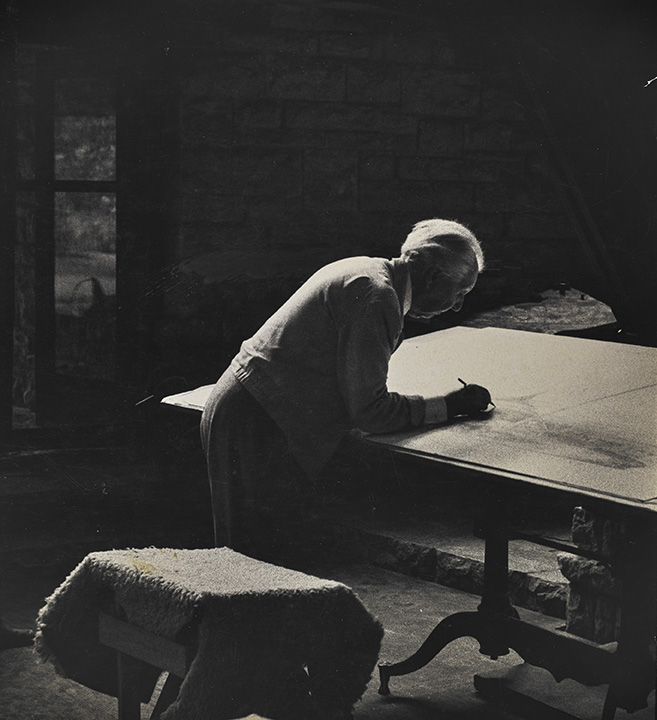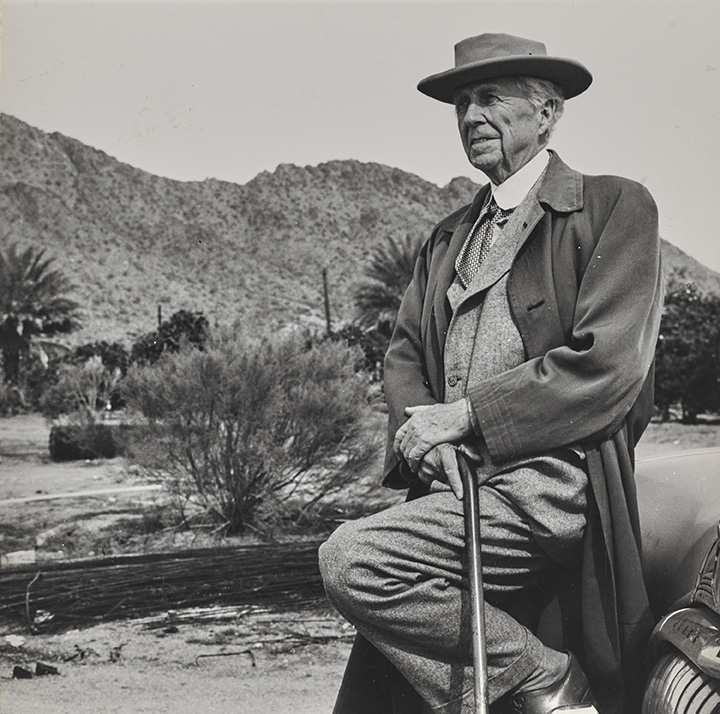
When Frank Lloyd Wright tried to make Eden in Iraq
Discover how the great architect's grand plans for Baghdad eventually found a more modest home in Arizona
The USA’s recent contribution to Baghdad’s built environment is not the kind of you would necessarily want to show off in a gallery setting. However, the Museum of Modern Art’s current exhibition, Frank Lloyd Wright at 150: Unpacking the Archive, demonstrates how differently things could have turned out, had the great American architect managed to realize his fantastic plan for the Iraqi capital.
Though the Wright is best known for single buildings such as Falling Water and the Guggenheim Museum, during the final decades of his career, he turned his attention towards civic and cultural centres, dreaming up a series of large-scale urban plans for such cities as Madison, in Pittsburgh and Washington, D.C.
Around the same time, in 1957, King Faisal II, Iraq’s head of state, keen to use some of the country’s vast oil wealth to modernise his country, inviting Western architects, including Wright, as well as Le Corbusier, Alvar Aalto, Gio Ponti and Walter Gropius, to create a new capital.

Wright, aged 90 at the time, was among one of the more enthusiastic respondents. Though only initially asked to design an opera house, Wright ultimately suggested a Plan for Greater Baghdad, which included, as Robert McCarter explains in our Frank Lloyd Wright book, “an opera house, museum, art gallery, post office, bazaar and spiral monument – this last an almost direct copy of [Baroque architect] Borromini’s copula Sant' Ivo alla Sapienza church in Rome, here with camel riders climbing up to a statue of the caliph.”
These ornamental camels were not the only bit of old-timey Arabia Wright included in his plan; Wright’s opera house plan was capped with a statue of Aladdin, and he named the whole project Edena, after the biblical Garden of Eden, which some scholars believe may have been based on a region of Iraq.
The architect even hoped to stress his enthusiasm for working in Baghdad by revealing to King Faisal II the Arabian Nights stories were among his favourite tales when he was a child.

Some of this enthusiasm for an ancient Arabian culture may sounded out-of-place to the King, who wanted modern capital, not one thick with old and perhaps clumsy references to Arabian heritage. Nevertheless, Wright secured Faisal II’s backing, as well as his preferred site: an island in the Tigris.
Unfortunately the Edena plan never came to fruition; Faisal II was assassinated in a nationalist coup on 14 July 1958, while Wright himself passed away the following April, aged 91.
The new nationalist government saw Faisal’s plans for Baghdad as gaudy, Imperialist baubles, and, while a few of Gropius’s buildings were eventually built by this new regime, Wright’s plans were ultimately scaled down and repurposed for a posthumous building a little closer to home: Gammage Memorial Auditorium at Arizona State University. Squint, and you can almost picture Aladdin, perched on top.
For more on the life and work of Frank Lloyd Wright take a look at our books here.